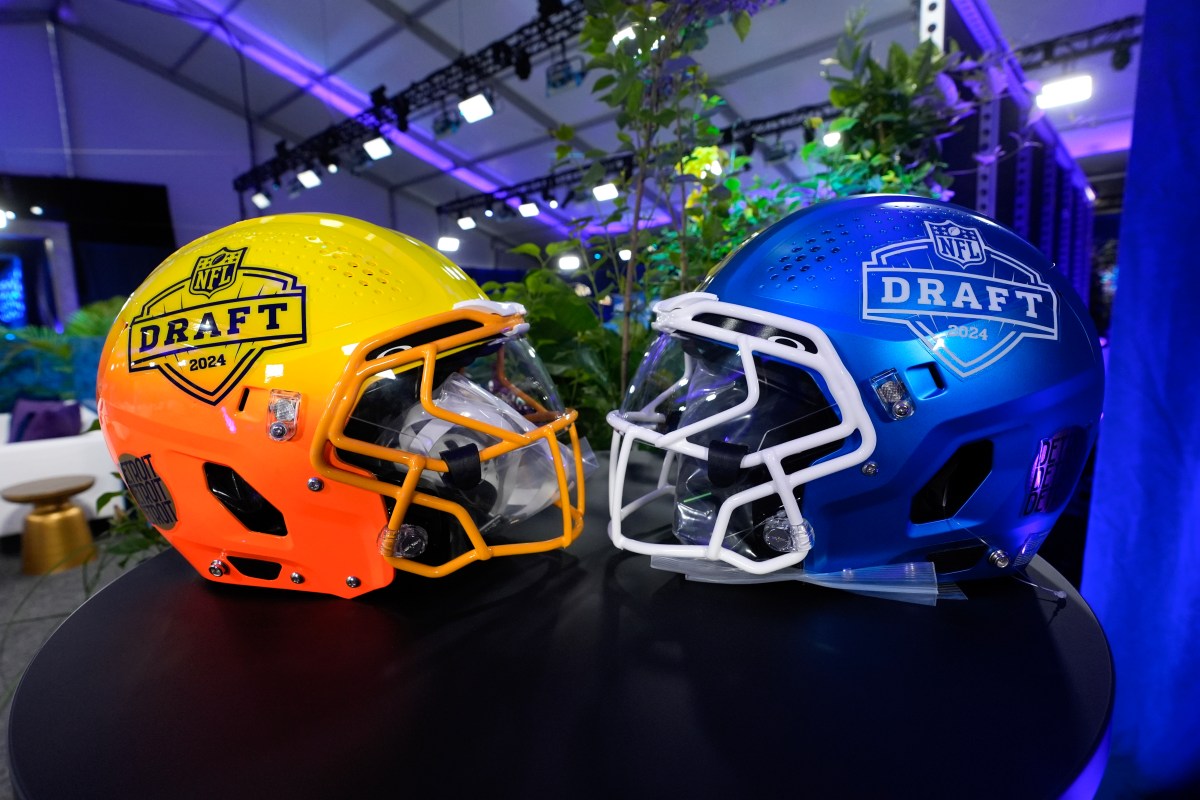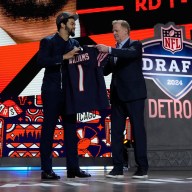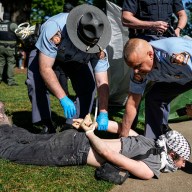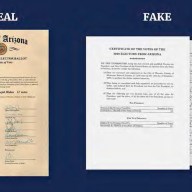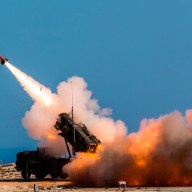VANCOUVER – It’s been 24 years since Canada made it to the World Cup. Argentina’s Lionel Messi, the reigning FIFA World Player of the Year, hadn’t even been born when the Canadians went to work in Mexico on June 1, 1986.
The temperature was scorching and the air hung heavy with pollution the day they boarded the bus for a date with a French side that featured the likes of Michel Platini and Jean Tigana.
Canada’s starting 11 was Paul Dolan, Bob Lenarduzzi, Bruce Wilson, Randy Ragan, Ian Bridge, Carl Valentine, Igor Vrablic, Mike Sweeney, Randy Samuel, Paul James and David Norman.
Nine of those are in the Canadian Soccer Hall of Fame today, along with five other squad players.
Lenarduzzi, a young defender at the time, remembers the Mexican fans lining the road on the trip to the stadium in Leon. They held up fingers on their hand, giving predictions like 6-0, 7-0 even 10-0.
“We were being told we were going to get battered,” Lenarduzzi, a former men’s national team coach who is now president of Vancouver Whitecaps FC, said in a recent interview.
Fellow defender Bridge said instead of being intimidated the Canadians were anxious to prove themselves against the reigning European champions.
“To the public we were underdogs,” said Bridge, a former Canadian women’s coach who now guides the Victoria Highlanders of the United Soccer Leagues Premier Development League.
”To ourselves we were not an over-confident bunch, but a confident bunch. We had been together for many years.”
Canada lost to France 1-0 on Jean-Pierre Papin’s goal in the 79th minute.
“It was the highlight to begin with and then it was the disappointment,” Lenarduzzi said of the loss. ”We went in and gave up a goal (late) that resulted in us not getting a draw.
“We were that close.”
And that was as close as Canada got to earning a point at the tournament. The team lost the next two games by 2-0 scores to Hungary and the Soviet Union.
Argentina would beat West Germany 3–2 in the final.
The 2010 World Cup opens Friday in South Africa.
For the next month, the 32-team tournament will demand the world’s attention. Things were different back in 1986.
“The media coverage of it now is a quantum leap ahead of where it was in ’86,” said Bridge. “Every little hang nail or knock (is reported). Every team is under the microscope.
“Back when we were at training camp (in Mexico) I think maybe one or two reporters stopped by. There was press and media, but it’s nothing like now.”
Many Canadians had no idea what it meant to qualify for the World Cup, which at that time had 24 teams.
“I was playing in Switzerland at the time,” said Bridge. ”When I went back to Switzerland it was a much bigger deal for them I had been at a World Cup than it was for me to say it to a Canadian.”
Fan appetite for the World Cup has grown but Bridge has sensed a shift in the attitude of the players. Many command monstrous salaries from their club teams.
“I think somewhere in there it may mean less to the players,” he said. “When or lose, you still go back home and are making $200,000 a month.”
Lenarduzzi said the Canadian’s hotel in Mexico ”was fine.” The team even had its own chef.
Still, it was far from the lavish digs of today.
“In terms of what happens now, I’m assuming they stay in five-star hotels,” he said. “The players that are going to the World Cup are now millionaires. I’m assuming you need to treat those players a lot differently.
“As a result, the whole bar has risen to almost a ridiculous point.”
Earlier this week, the French junior minister for sport criticized the resort her country’s team is staying at as being too fancy.
While terrorism existed in 1986, Bridge said there were no metal detectors or armed guards at the team’s hotel. Players could roam as they pleased.
“There was probably some level of security but you didn’t notice anything special.”
There was a practice field nearby. Each day someone cut the grass.
“We’re not talking about a riding mower,” Bridge chuckled. ”We’re talking about the kind you and I use in our backyard.
“It took him half a day.”
Leon was known for its shoe factories and strawberries. The city was some around 1,700 metres above sea level. The temperatures hovered in the mid-30s and the pollution was nasty.
Games were played at 1 p.m. for European television.
“It was as difficult a condition as you could ask for,” said Bridge.
Tony Waiters, who guided the Whitecaps to the 1979 NASL championship, was the Canadian coach. The 22-man roster had 14 players who were either born in B.C. or came through the provincial soccer system.
Prior to the World Cup, the Canadian men had advanced to the quarter-finals at the 1984 Olympics, losing on penalty kicks to Brazil which went on to lose to France in the gold medal game.
Both Lenarduzzi and Bridge believed Canadian soccer had finally come of age when the team qualified for the 1986 World Cup.
“I thought we had broken the barrier,” Bridge said. ”We were on our way to become, not a fixture at World Cups, but something we could aspire to each year.”
Lenarduzzi shakes his head over the thought Canada has never returned to soccer’s showcase.
“I’m surprised and saddened by that,” he said. “It’s time for all the stakeholders to come together. What we have been doing is not resulting in a co-ordinated approach to actually getting back to the World Cup.
“We need to blow up the existing model and start all over again.”

